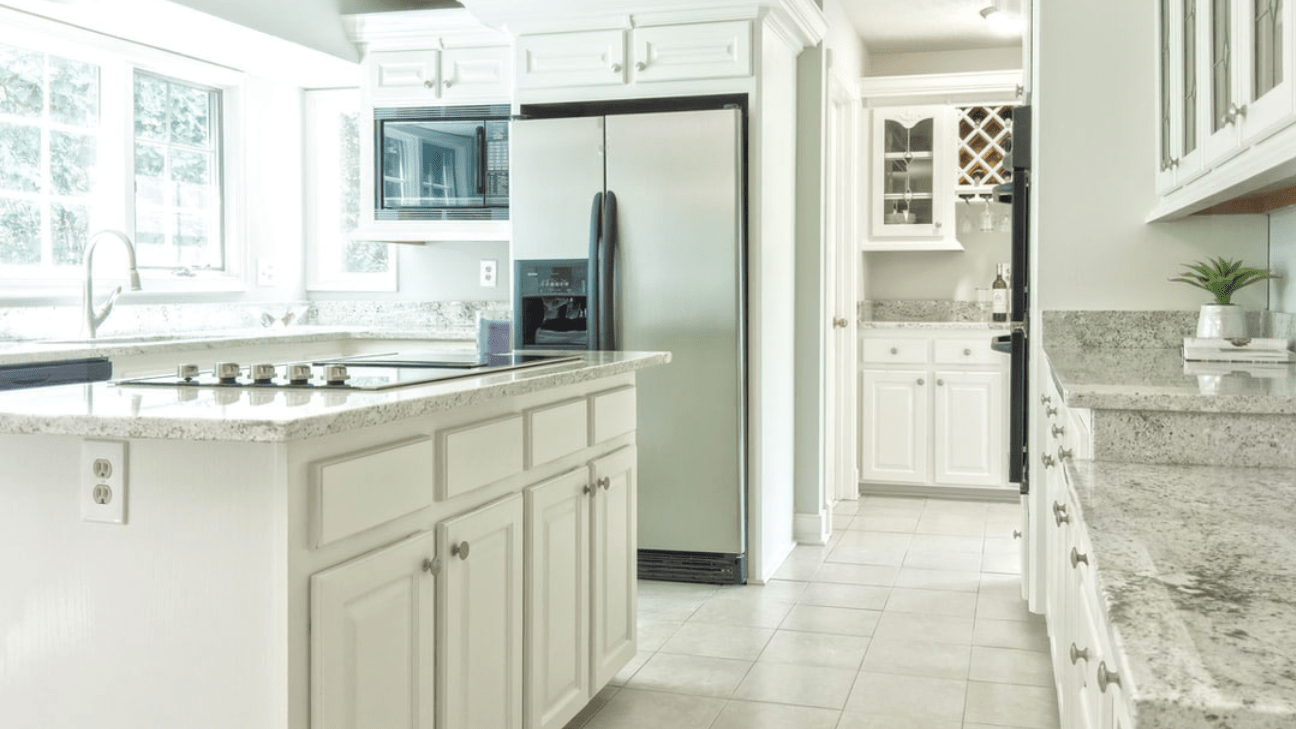
3 Reasons to Choose Kitchen Cabinet Refacing
Kitchen remodeling projects almost always include some cabinet work. However, when faced with the choice of kitchen cabinet refacing, kitchen cabinet replacement, and kitchen cabinet refinishing, many homeowners get lost in the differences.
Briefly, kitchen cabinet replacement means replacing the entire cabinet. However, this is often not necessary since the inside structures of cabinets and drawers can last a long time without being damaged. Moreover, the damage they might incur might be easily fixed.
Kitchen cabinet refinishing, on the other hand, is the least drastic remodeling option. It often involves stripping or sanding the surface of the doors, drawer fronts, and cabinet frames and repainting or re-staining them. This is an easy way to give your kitchen cabinets a new look without spending too much time or money.
Kitchen cabinet refacing services fall somewhere in between. The cabinet frames, panels, and toe kicks are covered with a new surface, such as a wood veneer. Cabinet doors and drawer fronts are replaced. Often door and drawer hardware is also changed out. Kitchen cabinet refacing gives you an entirely new cabinet exterior without touching the interior.
Here are three signs you should consider kitchen cabinet refacing:
Covering Surface Damage
Because refinishing is only meant to change the aesthetic appearance of your cabinets, it is usually insufficient to fix surface damage. If your cabinets have dents, cracks, or deep cuts, refinishing will not cover or repair the damage.
Refacing, however, will cover up any surface imperfections. More importantly, since you get new drawer faces and cabinet doors during refacing, the areas that receive the most abuse will be replaced.
Refacing can also repair damage such as stains or smudges. If your kids wrote on your cabinets with permanent markers or you splattered paint on them while painting your kitchen walls, refinishing might be insufficient to cover up the stains. However, refacing covers your existing cabinet surfaces with a veneer that provides an entirely new surface free of stains.
Changing to a Lighter Color
Refinishing can work when you want to repaint your cabinets with the same color or a darker color. Sanding or stripping the surface will remove much of the old paint and the new paint will go over it.
However, if you intend to change the color of your cabinets to a lighter color paint or stain, refinishing might not work. The darker color might show through the lighter shade giving you a different effect than you intended. To completely cover a darker color, you might need multiple coats that could throw off the finish or appearance you want.
Kitchen cabinet refacing, on the other hand, gives you a fresh, clean canvas to paint. This allows you to pick exactly the color you want and have it turn out the way you intended.
This problem occurs fairly frequently. Nearly half of Millennials prefer white kitchen cabinets, compared to 41% of Baby Boomers. Painting white over dark cabinets will often give your cabinets a mottled or streaked look as the darker paint shows through the white paint.
Changing Wood Species
If you prefer a natural look, refacing cabinets allows you to change your wood species without replacing all of your cabinets. For example, if your existing cabinets are birch but you prefer the look of oak, you can reface your cabinets with an oak veneer. This will give you the oak cabinet look without the oak cabinet cost.
Refacing kitchen cabinets is highly effective (and much cheaper than replacement) in many situations. Understanding when to reface rather than resurface or replace will give you the kitchen remodel you want, at the budget you set.



